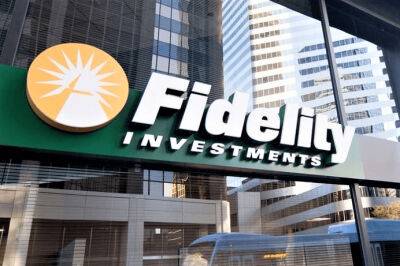Introduction to Investing: A Beginner’s Guide to Asset Classes
The investment landscape can be extremely dynamic and ever-evolving. But those who take the time to understand the basic principles and the different asset classes stand to gain significantly over the long haul.
The first step is learning to distinguish different types of investments and what rung each occupies on the risk ladder.
Here are the major asset classes, in ascending order of risk, on the investment risk ladder.
A cash bank deposit is the simplest, most easily understandable investment asset—and the safest. It not only gives investors precise knowledge of the interest that they’ll earn but also guarantees that they’ll get their capital back.
On the downside, the interest earned from cash socked away in a savings account seldom beats inflation. Certificates of deposit (CDs) are less liquid instruments, but they typically provide higher interest rates than those in savings accounts. However, the money put into a CD is locked up for a period of time (months to years), and there are potentially early withdrawal penalties involved.
A bond is a debt instrument representing a loan made by an investor to a borrower. A typical bond will involve either a corporation or a government agency, where the borrower will issue a fixed interest rate to the lender in exchange for using their capital. Bonds are commonplace in organizations that use them to finance operations, purchases, or other projects.
Bond rates are essentially determined by interest rates. Due to this, they are heavily traded during periods of quantitative easing or when the Federal Reserve—or other central banks—raise interest rates.
A mutual fund is a type of investment where more than one investor pools their money together to purchase securities. Mutual
Read more on investopedia.com












